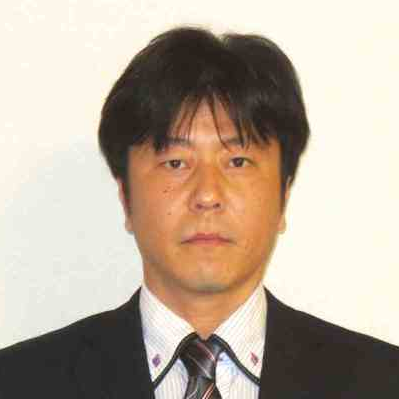Radiation Polymers
A special issue of Polymers (ISSN 2073-4360). This special issue belongs to the section "Polymer Processing and Engineering".
Deadline for manuscript submissions: closed (30 November 2019) | Viewed by 25461
Special Issue Editors
Interests: polymer electrolyte membranes; radiation grafting; fuel cell; lithium recovery
Interests: radiation grafting; radiation polymerization; graft copolymerization; radiation technology in waste treatment
Interests: radiation grafting; radiation polymerization,; graft copolymerization; radiation technology in waste treatment
Special Issue Information
Dear Colleagues,
We are very fortunate to have the opportunity to edit a Special Issue named “Radiation Polymers” for publication in Polymers. We hope to bring an inspiring view on current trends and research focus on the radiation effect and radiation technology in the polymer sciences through this Special Issue.
Radiation polymers are a combination of radiation technology and polymer chemistry. Using radiation techniques, polymers can be synthesized, modified, crosslinked, and degraded. The mechanisms of these processes and their applications have recently been studied extensively. This Special Issue covers the present basic and applied research work on radiation technology applied in polymers, and includes the following topics: (1) Radiation grafting for the modification of polymer and polymer materials by monomer graft copolymerization; (2) radiation crosslinking to form three-dimensionally crosslinked polymers and materials; (3) radiation inducing chain scission and degradation for polymer recycling and other applications; (4) radiation-induced polymerization to generate polymers from monomer irradiation; and (5) protection of polymers from radiation and their radiation resistance. Here, irradiation includes gamma rays, electron beam, ion beam, UV, etc. The Special Issue also covers the radiation effect on biopolymers and biomaterials and the methods for the preparation of nanomaterials using radiation technology.
Dr. Jinhua ChenDr. Yuji Ueki
Dr. Noriaki Seko
Guest Editors
Manuscript Submission Information
Manuscripts should be submitted online at www.mdpi.com by registering and logging in to this website. Once you are registered, click here to go to the submission form. Manuscripts can be submitted until the deadline. All submissions that pass pre-check are peer-reviewed. Accepted papers will be published continuously in the journal (as soon as accepted) and will be listed together on the special issue website. Research articles, review articles as well as short communications are invited. For planned papers, a title and short abstract (about 100 words) can be sent to the Editorial Office for announcement on this website.
Submitted manuscripts should not have been published previously, nor be under consideration for publication elsewhere (except conference proceedings papers). All manuscripts are thoroughly refereed through a single-blind peer-review process. A guide for authors and other relevant information for submission of manuscripts is available on the Instructions for Authors page. Polymers is an international peer-reviewed open access semimonthly journal published by MDPI.
Please visit the Instructions for Authors page before submitting a manuscript. The Article Processing Charge (APC) for publication in this open access journal is 2700 CHF (Swiss Francs). Submitted papers should be well formatted and use good English. Authors may use MDPI's English editing service prior to publication or during author revisions.
Keywords
- Radiation grafting
- Radiation crosslinking
- Radiation induced scission
- Radiation polymerization
- Radiation resistance
- Ionizing radiation
- Ion-track membranes
- Graft copolymerization
- Radiation chemical effects in polymers
- Radiation technology and radiation processing
- Radiation technology for nano materials and hydrogels
- Radiation technology in waste treatment
Benefits of Publishing in a Special Issue
- Ease of navigation: Grouping papers by topic helps scholars navigate broad scope journals more efficiently.
- Greater discoverability: Special Issues support the reach and impact of scientific research. Articles in Special Issues are more discoverable and cited more frequently.
- Expansion of research network: Special Issues facilitate connections among authors, fostering scientific collaborations.
- External promotion: Articles in Special Issues are often promoted through the journal's social media, increasing their visibility.
- e-Book format: Special Issues with more than 10 articles can be published as dedicated e-books, ensuring wide and rapid dissemination.
Further information on MDPI's Special Issue polices can be found here.








